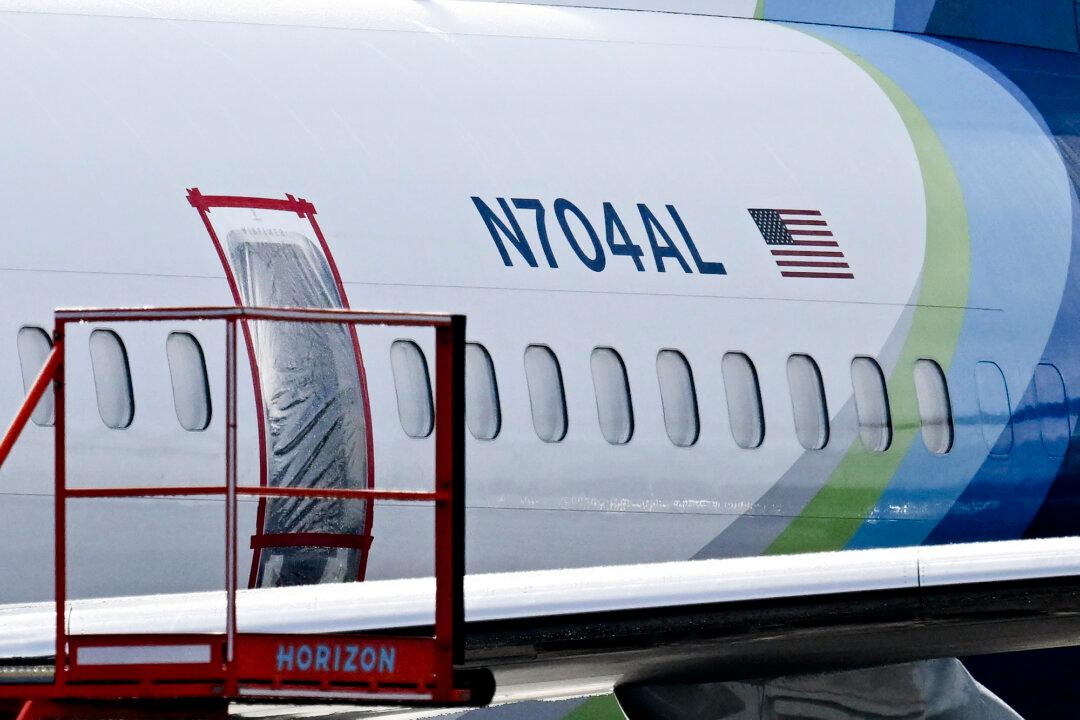Boeing has ousted the head of its 737 Max program, which comes roughly six weeks after a door plug blew out mid-flight on a 737 Max aircraft and a safety review found that the plane had taken off with missing bolts.
Ed Clark, who headed the 737 Max program, is departing the company effective immediately, according to a Feb. 21 memo to staff from Stan Deal, CEO of Boeing’s commercial airplanes division. A company spokesperson provided The Epoch Times with a copy of the memo.





